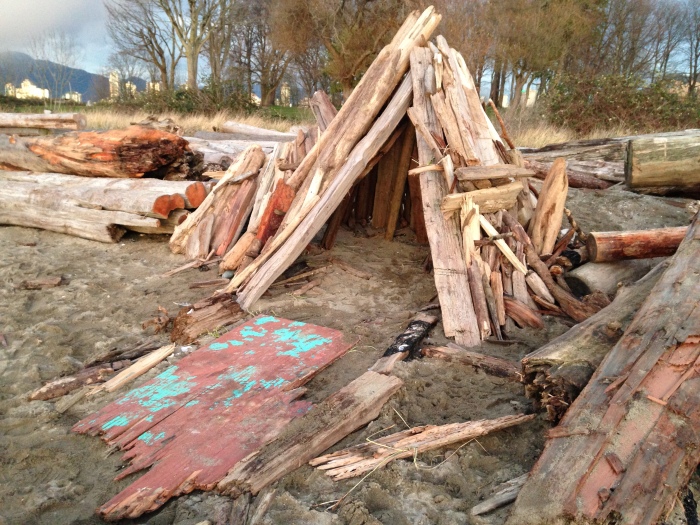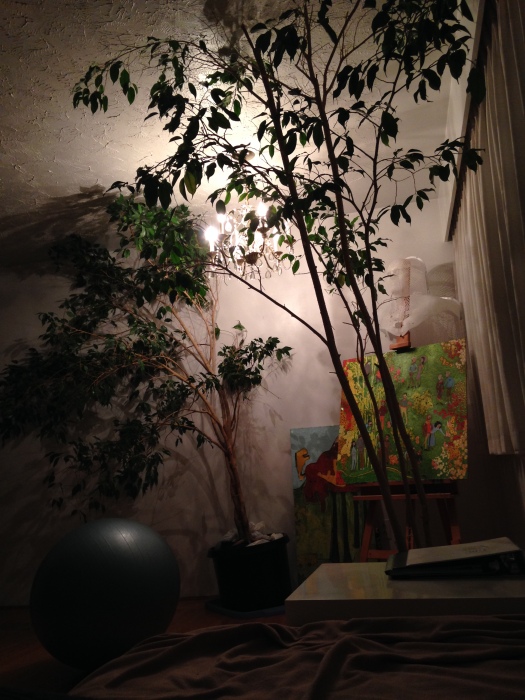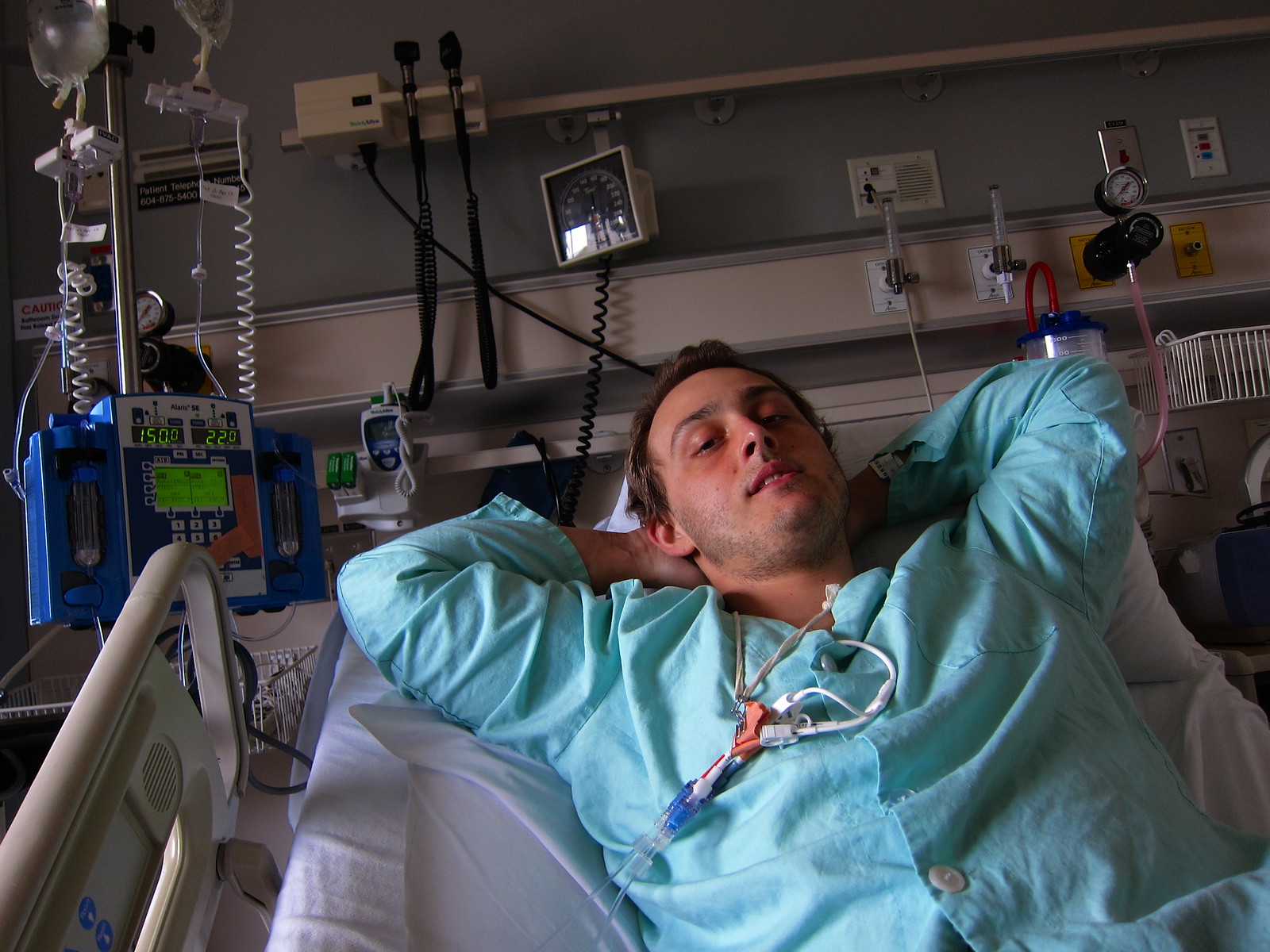I hoped that this month could be named ‘the days of lesson planning’. No such luck. I’ve been hit with a storm of essay work, and nightly short assignments. When I can finally calm my mind to sit down, continue on with the process of accumulating artists, creating narratives for sequences of lessons that will guide students through steady paths of materials, techniques, and inspiration, I find that there’s always something else to do — another pot or pan to clean, another wind storm drawing me outside to go check on the boat at anchor…

Edible Building: Students will create the tallest, sturdiest, yummiest tower they can out of edible materials.
In any case, I have one unit plan ready. Here’s a quick over-view. It’s only part one because I created approximately 18 lessons in total under the theme ‘Ephemerality’, however I think it’s fair enough to start with the first 8, not make the thing too massive:
Title: Ephemerality: Part One
Themes: Ephemeral art-making, being able to ‘let go’, 2D and 3D, indoor and outdoor work, documenting work.
Rationale: Through various art mediums, including charcoal, conté, edible materials, sand, and biodegradable found objects, students will learn how to create work that they are willing to surrender to the passage of time, destruction by natural and/or artificial means. By introducing students to the concept of ephemerality through gestural drawing, they will develop a basis for creating technically proficient work that is also swift, and loose. Each class will also incorporate one group activity and one visual cultural lesson in order to build students’ understanding of their art-making in a historical context, as well as build a sense of community and social understanding.
Learning Objectives (by the end of the unit students will be able to):
- Create high quality work swiftly and thoughtfully by developing both their technical and conceptual skills.
- Surrender their work to deconstruction by natural or artificial means.
- Document their work effectively so that the original creations are not completely lost. Recording the work may be important to them for portfolio purposes.
Prescribed Learning Outcomes: (Drawing and Painting, Sculpture 8 – 10 within the Visual Arts IRP)
- mark-making materials for drawing (e.g., charcoal, conté, graphite)
- surfaces (e.g., cardboard, wood, found objects)
- single medium, mixed media
- mark-making tools (e.g., brushes, pens, stylus)
- manipulating tools (e.g., erasers, stumps, sponges, palette knives)
- surfaces and supports (e.g., palettes, easels, boards)
- drawing techniques (e.g., gesture, blind contour, continuous line)
- surfaces (e.g., cardboard, wood, found objects)
- single medium, mixed media
- Documentation of development process: (e.g., portfolio of process drawings to accompany a finished work, using sketchbook to plan design process)
- Visual Culture:
- artists, artworks and movements
- terminology, vocabulary and contexts
- considerations for venue, audience, and purpose unique to drawing and painting (e.g., subjects appropriate to particular contexts)
Lesson List:
- Lesson 1: Gestural Drawing and Paleolithic Paintings
- Lesson 2: Gestural Drawing and Building Confidence
- Lesson 3: Gestural Drawing and Animators
- Lesson 4: City-building with Edible Materials
- Lesson 5: Designing a Sand Mandala
- Lesson 6: Making a Sand Mandala
- Lesson 7: Collecting Natural Materials
- Lesson 8: Building with Natural Materials


 I enrolled in design courses, hoping to fulfill my interests through nautical design (in this way I could build boats instead of sailing them). I volunteered frequently at the a local bicycle recycling centre, acting as if learning more about the mechanical aspects would somehow bring the dream of extended bicycle touring closer to fruition. I’ve also always been drawn towards teaching, gaining experience through part-time work and volunteer opportunities, so when planning for my new future pursuits, it made sense to join an education program.
I enrolled in design courses, hoping to fulfill my interests through nautical design (in this way I could build boats instead of sailing them). I volunteered frequently at the a local bicycle recycling centre, acting as if learning more about the mechanical aspects would somehow bring the dream of extended bicycle touring closer to fruition. I’ve also always been drawn towards teaching, gaining experience through part-time work and volunteer opportunities, so when planning for my new future pursuits, it made sense to join an education program.